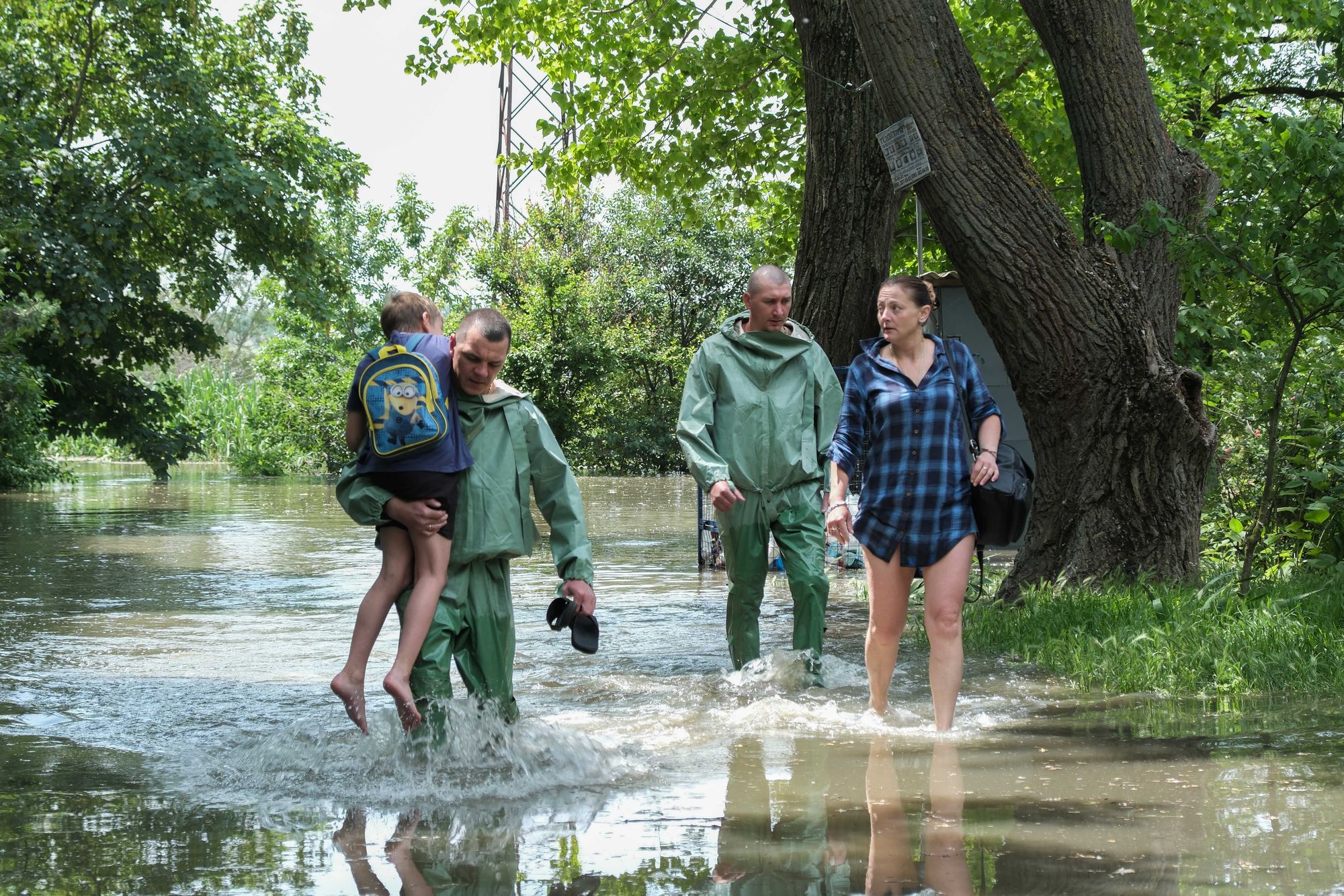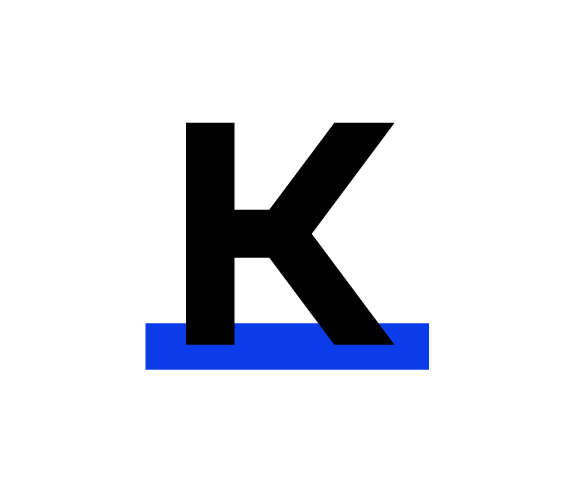Official: Over 1 million Ukrainians could face water shortages after Kakhovka dam destruction.
Over a million people living in Dnipropetrovsk Oblast's Nikopolskyi and Kryvorizkyi districts could face water shortages after Russia destroyed the Kakhovka dam on June 6, the head of the Dnipropetrovsk's regional council, Mykola Lukashuk, said on June 14.[1] Lukashuk said 300,000 people in Dnipropetrovsk Oblast have been without a central water supply as of June 14. The government has allocated over £4 million to provide the region with external sources of water.
According to Lukashuk, the situation is more complicated in the Nikopolskyi district, where which was almost entirely supplied with water by the now-destroyed Kakhovka reservoir. Twenty to 30 drinking water dispersal points have reportedly been set up in Nikopol, Marhanets, and Pokrov. Russian forces destroyed[2] the Kakhovka Dam on June 6, triggering one of the largest man-made environmental and humanitarian disasters in Ukraine's history.
Dozens of settlements on both sides of the Dnipro River are flooded after the Kakhovka Dam[3] explosion. Ukraine accuses Russian forces of deliberately destroying the Kakhovka Dam[4], resulting in extensive flooding of numerous settlements along the banks of the Dnipro River. Intercepted communications[5] between Russian soldiers on June 9 allegedly implicate Moscow's involvement.
Interior Minister Ihor Klymenko, responsible for evacuating the civilians and animals from the flooded areas, said[6] on June 11 that 2,718 people had been evacuated from Kherson Oblast. Five people were reported dead, and 35 are still considered missing, including seven children, the minister said. In Kherson Oblast, 46 settlements are still flooded, including 32 on the Ukrainian-controlled west bank and 14 on the Russian-occupied east bank.
In neighboring Mykolaiv Oblast, 31 settlements were flooded, while one person was reported dead due to flooding. The rescuers evacuated 982 people from the region, according to the report. The total number of casualties isn't known in the east bank, which Russian forces are currently occupying[7].
Meanwhile, the total flooded area in Kherson Oblast after the Kakhovka Dam disaster has nearly halved, decreasing from 139 to 77.8 square kilometers, the regional governor reported[8] on June 11. The average water level has dropped to four meters, according to the report.
Saving lives from Russia's flood: Inside inundated, shelled Kherson Since Russia's full-scale war began, first came eight months of terror under occupation, then came seven months of intense shelling across the river, then came the river itself to Kherson.
Over 24 hours after Russian forces destroyed the Kakhovka Hydroelectric Power Plant and its massive...
 [9]
[9]  The Kyiv Independent news desk
The Kyiv Independent news desk
We are the news team of the Kyiv Independent. We are here to make sure our readers get quick, essential updates about the events in Ukraine. Feel free to contact us via email with feedback and news alerts.
References
- ^ on June 14. (www.ukrinform.ua)
- ^ destroyed (kyivindependent.com)
- ^ Kakhovka Dam (kyivindependent.com)
- ^ Kakhovka Dam (kyivindependent.com)
- ^ communications (kyivindependent.com)
- ^ said (t.me)
- ^ currently occupying (kyivindependent.com)
- ^ reported (kyivindependent.com)
- ^ Saving lives from Russia's flood: Inside inundated, shelled KhersonSince Russia's full-scale war began, first came eight months of terror under occupation, then came seven months of intense shelling across the river, then came the river itself to Kherson.
Over 24 hours after Russian forces destroyed the Kakhovka Hydroelectric Power Plant and its massive...
(kyivindependent.com)